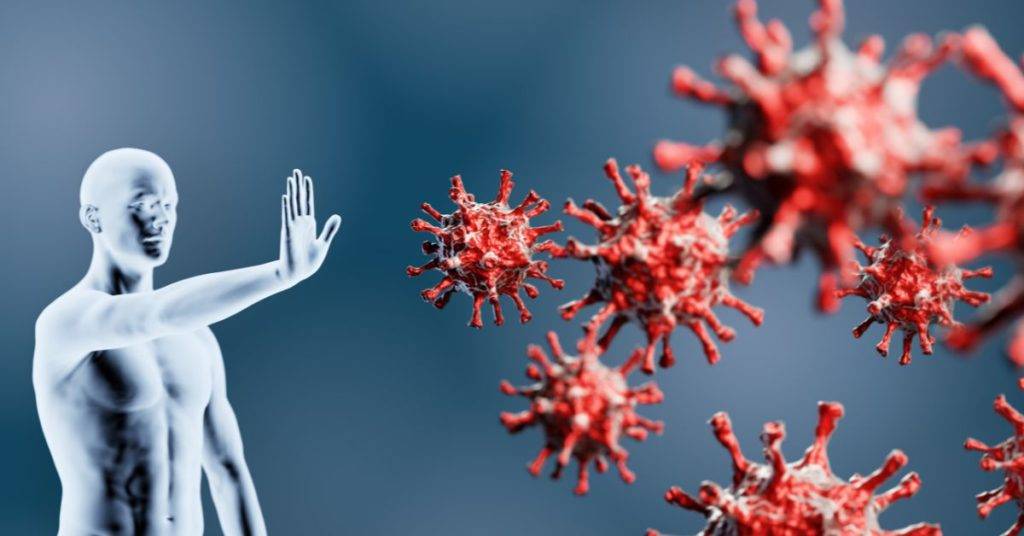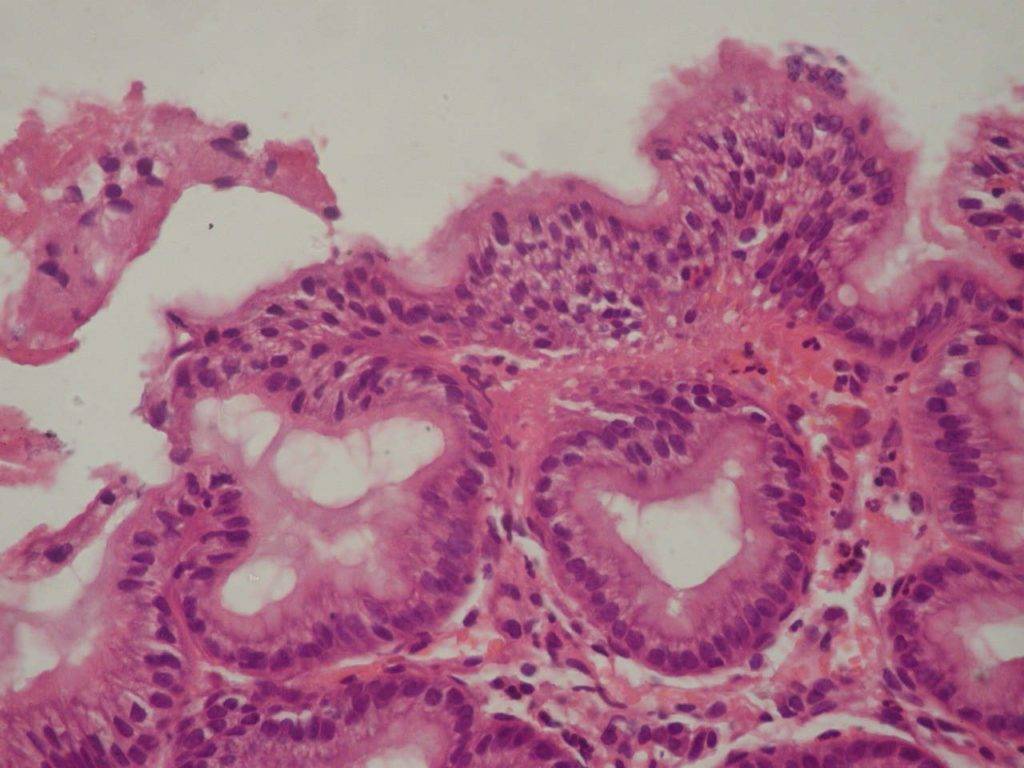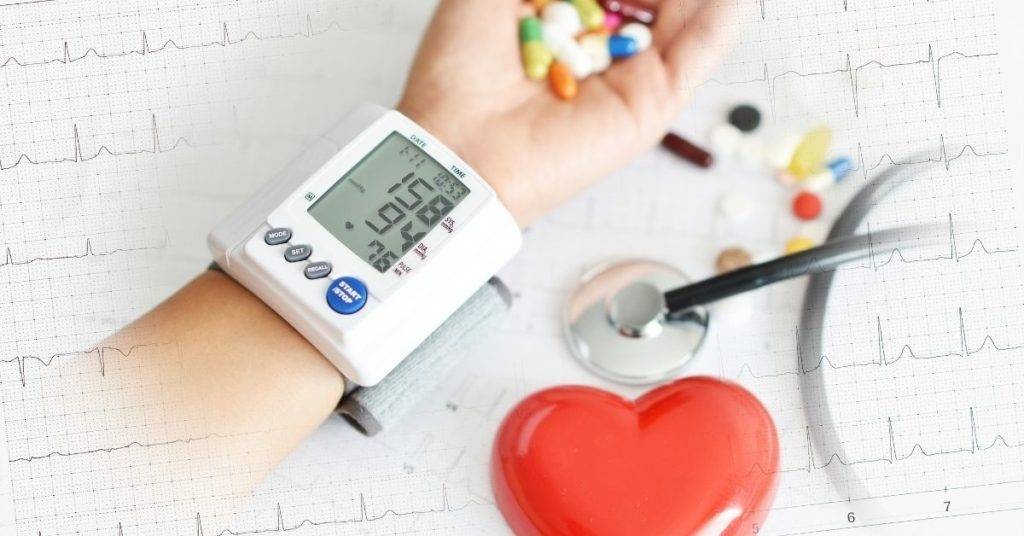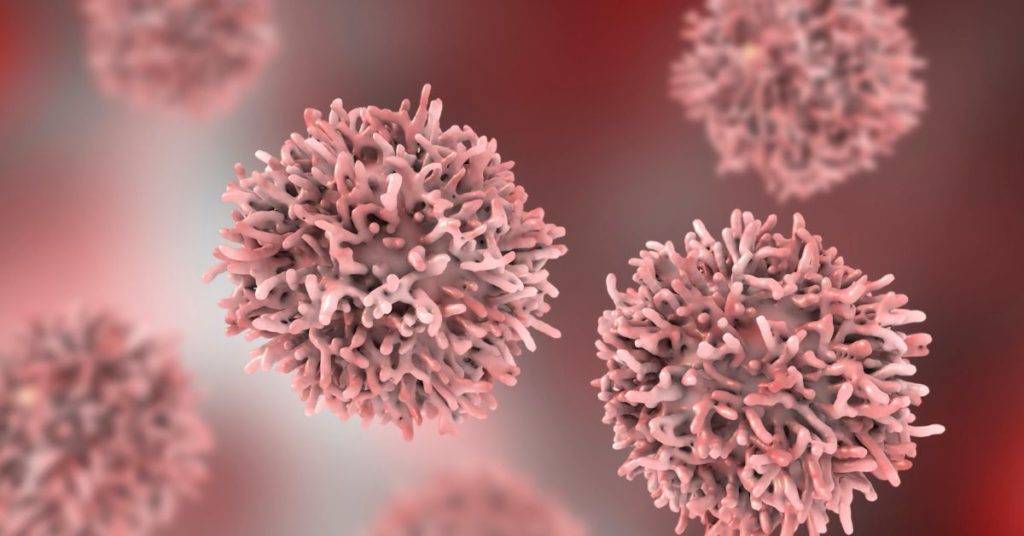Institute of Children and Adolescents Health Care – National Academy of Medical Sciences of Ukraine, Kharkiv, Ukraine
Introduction: Connective Tissue Disorders (CTD) plays a significant role in the formation of gastroduodenal pathology in adolescence with the development of valve-sphincter insufficiency and reflux. Disorders of connective tissue metabolism also have significant effects on the formation of local mucosal immunity. A special role is given to secretory immunoglobulin A (sIgA), which is a main protective factor of the mucosa.
Purpose: Improving diagnosis and prophylaxis refluxes in adolescents with chronic gastroduodenal pathology based on determining clinical peculiarities, level of secretory IgA, and content of interstitial collagens.
Material and methods: A total of 118 adolescents 11 to 18 years of age with inflammatory-destructive diseases of the upper gastrointestinal tract have been clinically examined. 67 children with traits of CTD were included in the study group, and 51 adolescents without CTD – in the comparison group. The traits of the CTD were determined relying on the Ghent criteria.
The state of local immunity was assessed by the sIgA level in the oral liquid (saliva), which was tested by the enzyme-linked immunosorbent assay (ELISA). Collagens content in the lamina propria of gastric-duodenum mucosa was evaluated by immunohistochemistry using monoclonal antibodies of collagen 1, 3, 4, and 5 types. A complex evaluation of local immunity and connective tissue parameters was carried out using the system correlation analysis.
Results: Morphological peculiarities are represented by a high frequency of gastroesophageal and gastroduodenal reflux (88%), reflux-gastritis (77%; comparison group – 29%, P<0,001), and a reduced level of interstitial collagens. Duodenal ulcer was detected in 12% only and it was accompanied by Helicobacter pylori. Study of sIgA levels in oral secretion has showed a significant increase in its in adolescents of both groups (0,264±0,008 g/l, p<0,001; 0,240±0,01 g/l, p <0,01, compared with control). The detected changes were more pronounced in patients with CTD (p <0,05). The increased sIgA content was in the range 0,254 – 0,450 g/l and was observed in 58,2% of the main group and in 45,1% of the comparison group.
The decrease in the level of sIgA was in the range of 0,102 – 0,124 g/l and was observed only in 2 patients in the comparison group. No significant differences in the concentration of this immunoglobulin depending on sex, age, disease duration, presence of Helicobacter bacterial infection were identified. There was a tendency to increase the level of sIgA in adolescents with inflammatory processes in the esophagus (0,294±0,015 g/l). It was revealed a significant increase in the content of sIgA in adolescents with hyperacidity compared to patients with normacidity (0,280±0,012 and 0,251±0,013 g/l, p <0,05) and a significant reduction sIgA in adolescents with refluxes (0,251±0,01 versus 0,298±0,014, p <0,01).
Conclusion: This study has revealed that disorders of local immunity in adolescents with chronic gastroduodenal pathology are much more significant in patients with CTD. It has been established that the refluxes contribute to lowering the local immunity, which leads to complications of reflux gastritis with the development of ulcerative lesions. The work provides grounds for employing in adolescents with CTD multipurpose rehabilitation measures connected with the prevention of reflux-gastritis progression.
If you liked this article, please comment below!
If you want to learn more about raising a happy and healthy child, be sure to check out the author’s books and resources on this topic here.






Pingback: (2022) Connective Tissue And Immune System: Parts Of The Holistic | Childhealthcreation.com
Pingback: (2022) Impact Of Connective Tissue Disorders On The Formation Of Gastrointestinal Pathology In Children And Adolescents | Childhealthcreation.com | How To Grow A Healthy Child?
Pingback: (2022) Impact Of Connective Tissue Disorders On The Formation Of Gastrointestinal Pathology In Adolescents | Childhealthcreation.com | How To Grow A Healthy Child?